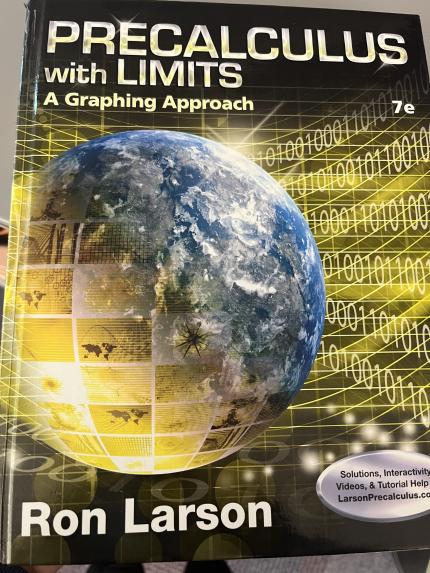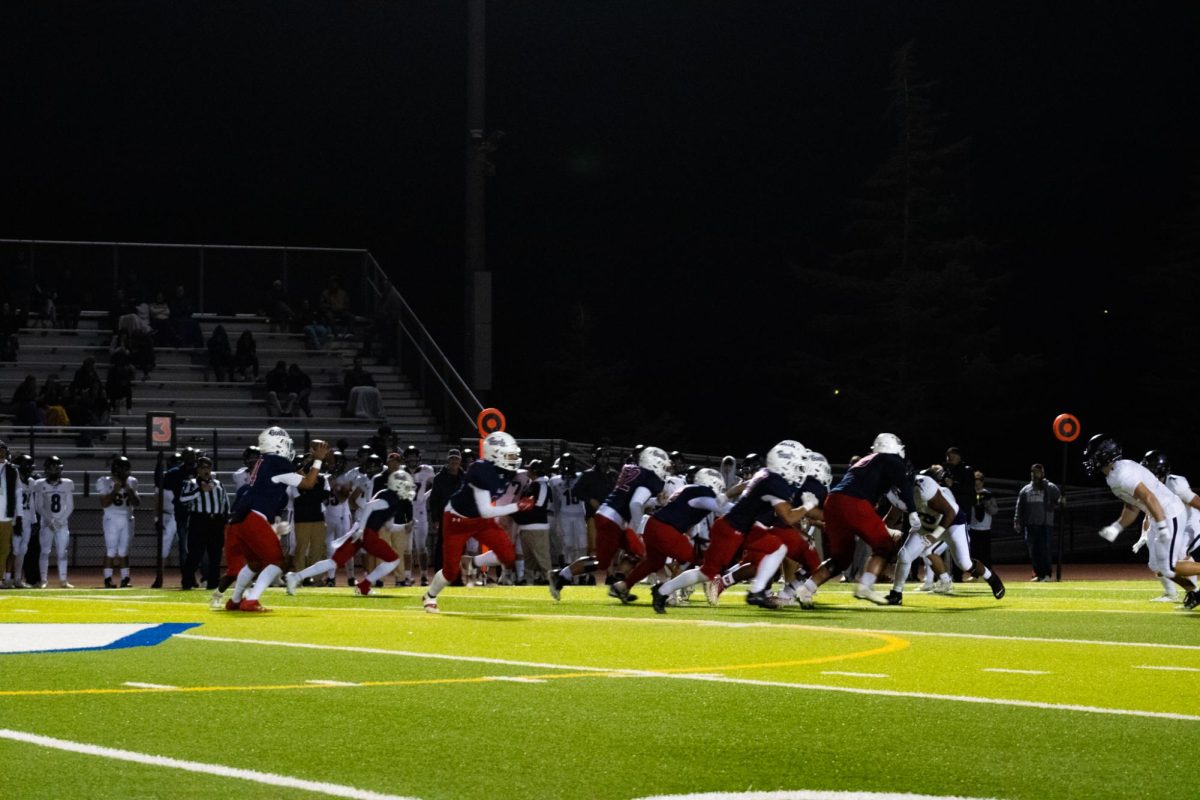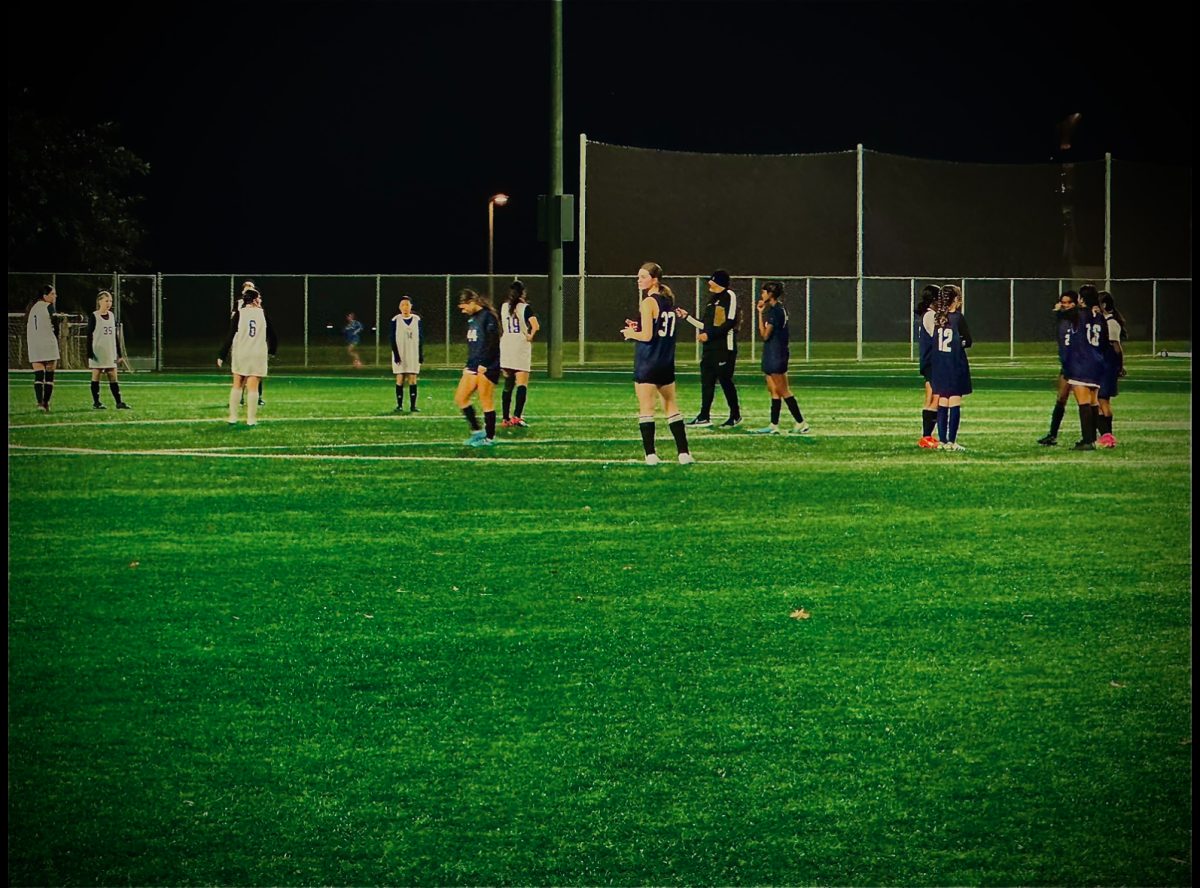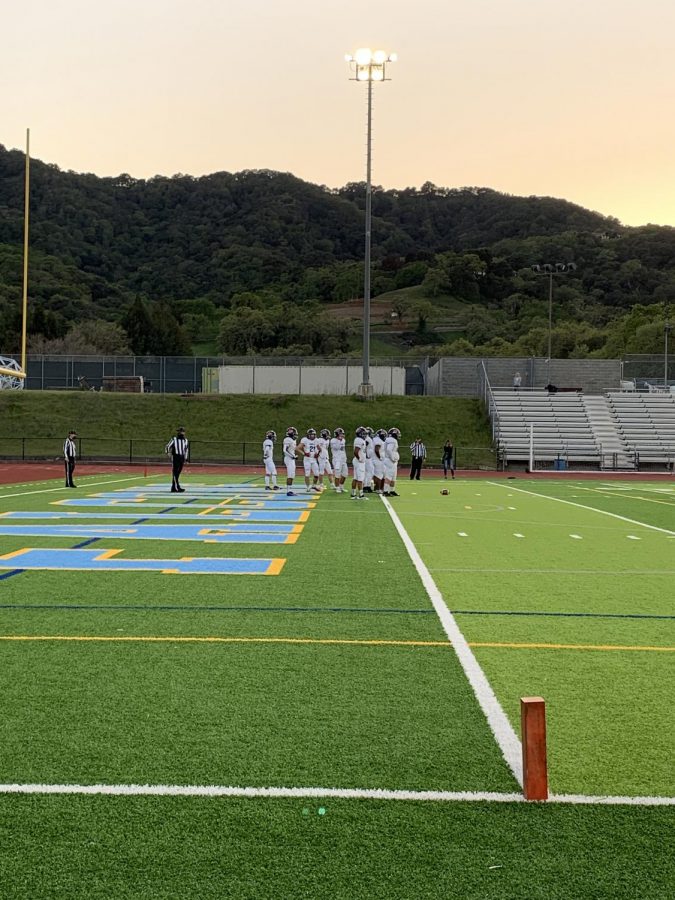Student Opinion: Should Precalculus be Changed to a Weighted Course?

Currently, the 7th edition of “Precalculus with Limits: A Graphing Approach” is used at Dublin High School. It contains 11 chapters covering topics such as matrices and irrational numbers.
To this day, this question remains one of the hottest debates within the student body. Currently, the Precalculus course at Dublin High School utilizes flipped learning, which changes the current class dynamic by eliminating traditional lectures in favor of short videos that students watch at home before coming to class. Flipped learning was implemented at Dublin High School in 2011 after “Precalculus teachers Barbara Hall and Lenni Velez saw this concept work in an Honors Chemistry class taught by former Dublin High School teacher Kim Baumann” (One Dublin). The intended purpose is that students master the course content at home, come to class to ask teachers questions, take daily check-up quizzes (LTQs), and take large summative unit tests. Though how practical is this approach when it comes to math? Should students be rewarded with a weighted grade for the work they put into learning rigorous math concepts through flipped learning?
Through this piece, I argue that it is necessary to change Precalculus to a weighted course if flipped learning continues to be the method of instruction. To begin with, it takes approximately 1.5 hours to watch the instructional videos and understand the content according to student reports. On top of taking 1.5 hours to learn the content, students still have to work on additional practice problems to prepare for the LTQs and exams the very next day. This by itself seems extremely counterproductive: if students have 96-minute class periods at school, why can’t they just learn the content in class– ask all the questions they need, and finish the homework at HOME? The homework typically takes anywhere from 20-45 minutes, leaving a large amount of time in class where students are left with no activities. This meant that during each class period, after I finished my homework, I would just sit there and read a book to pass the time. It is important to note that high schoolers have so much going on outside of this one course: students are concerned with various extracurricular activities, such as playing for a sports team, etc. If we are expecting students to take 1.5 hours out of their day just to watch instructional videos–that could instead be taught in class– students deserve to be rewarded with a weighted grade. I have never even taken an AP course that has listed 1.5 hours as the expected time to complete homework every single day– yet somehow this one math class ascends an AP course in terms of workload and doesn’t have any reward.
After conducting interviews with various juniors who have come forth anonymously, the general consensus was that flipped learning was also an ineffective teaching method due to the lack of person-to-person interaction during the teaching itself. Since students would be forced to wait until the next day to ask questions, many students stated that they forgot the question by then, or had falsely convinced themselves that they understood the concept.
One Junior reports: “last year, I spent 2-3 hours at home every day trying to watch the lecture videos on loop. It was actually so bad. I couldn’t have my questions answered immediately, and when I took the tests, the questions would have nothing to do with the two homework/video practice problems, and I would be so lost. Also, when I did ask questions in class, the answer I was given was always really weird and didn’t further my understanding. At some point, I just completely tuned out: asking questions was more of a hassle than staying silent.”
Another Junior adds: “the worst part about Precalculus is that the problems they walk you through in the videos are so simple, and then they magically expect you to transcend the mortal math realm after 1. Not teaching the concepts solidly due to a lack of teacher interaction and 2. Making the tests darn near impossible.” They continue: “There are so many concepts in Precalculus it is impossible to make students learn all of them at home. A lot of the instruction seemed simple enough, but when it came time to apply the concepts, it was impossible since I didn’t have a strong understanding of the concepts in the first place. I think the course would be better structured if the instruction was in class and the class weighted. I really loved my teacher, she was wonderful, but I think the structure of the course itself just pulled me down.”
Based on my own experiences, I can confirm that these accounts are pretty much accurate. I’m currently taking Calculus BC, and a lot of the time, the course content involves fundamental Precalculus concepts that I should have mastered three years ago. Yet, what’s comical is that when the teacher asks what is seemingly a “trivial question” that we should all know, the class is completely silent because nobody actually knows or remembers anything they learned in Precalculus. If we really want to teach students in an objectively ineffective way, the least we can do is reward them with a weighted grade for the extra effort they put in.
Additionally, Precalculus at other schools that have implemented flipped learning is considered a weighted course. For example, according to a Foothill High school student, their Precalculus course is also flipped, but the course is weighted. Given all of these factors, it is easy to see why students continue to be displeased with the current state of the Precalculus course. Though, compromise is possible. As long as we continue to have flipped learning for the Precalculus course, we must reward students with a weighted grade. At the end of the day, everyone has their opinions. But Dublin High School should still seriously consider students’ voices and conduct a sincere evaluation of the current course. No course is perfect, and changes must be made here and there to accommodate students.
Your donation will support the student journalists of Dublin High School. Your contribution will allow us to purchase equipment and cover our annual website hosting costs.

Summer joined the Dublin Shield to improve her writing skills but stayed for the friendly community and warm staff. It is Summer's fourth year on...


































